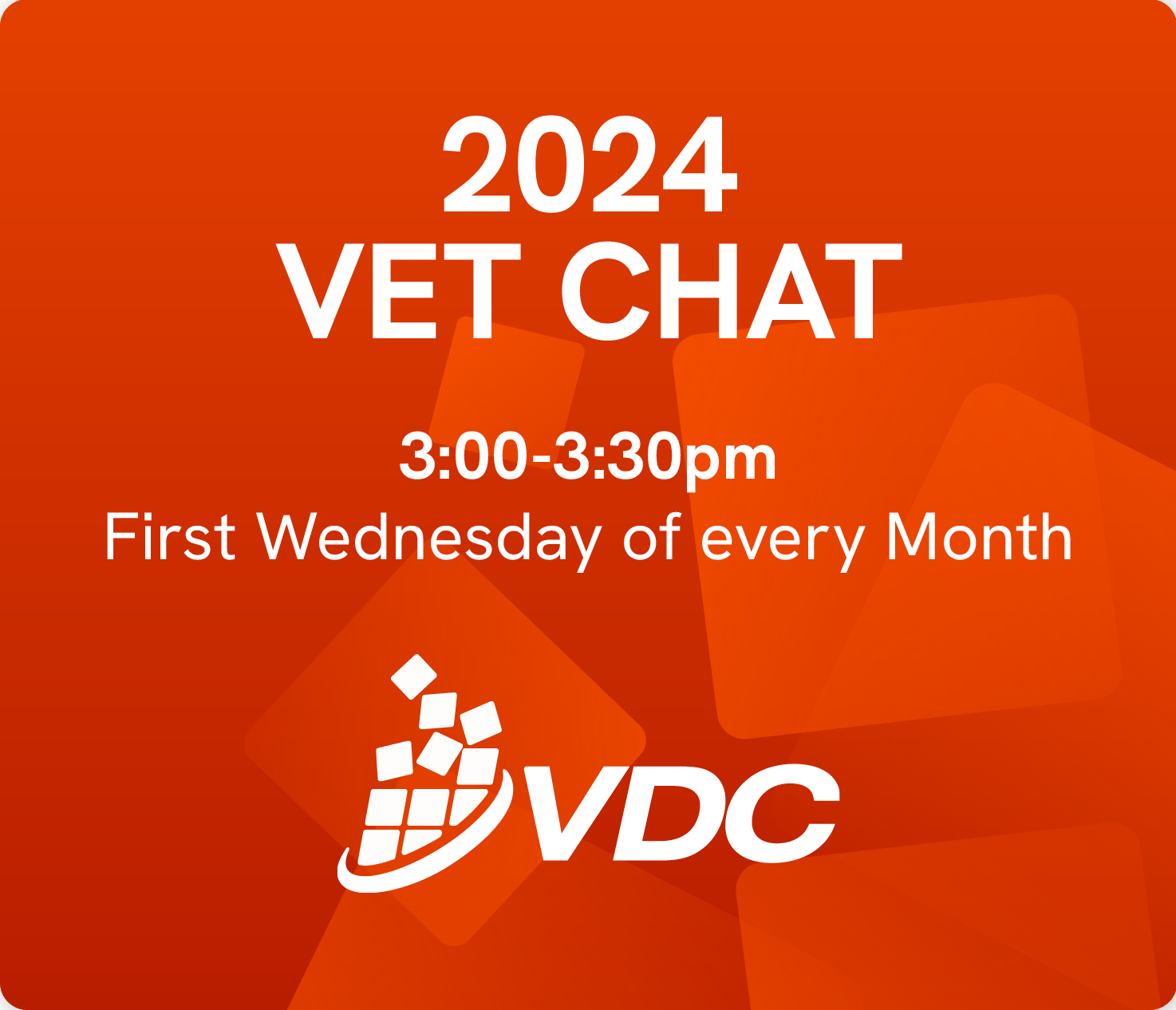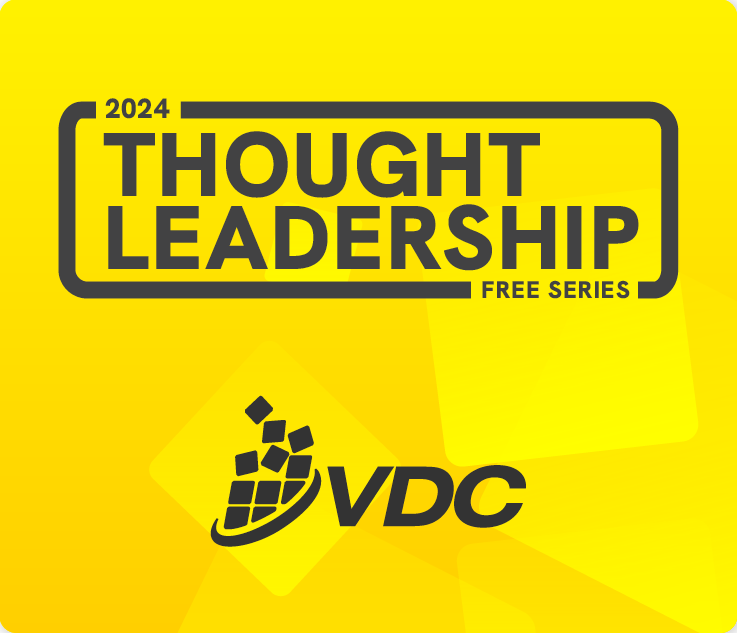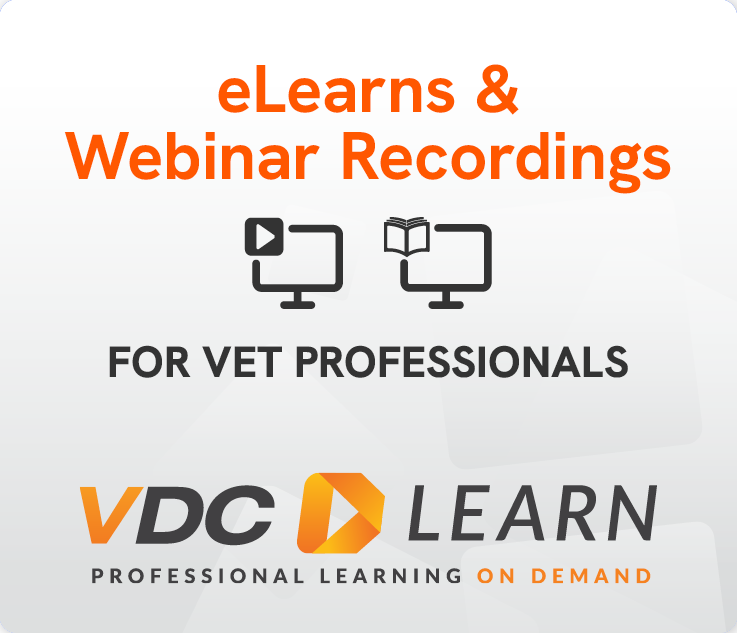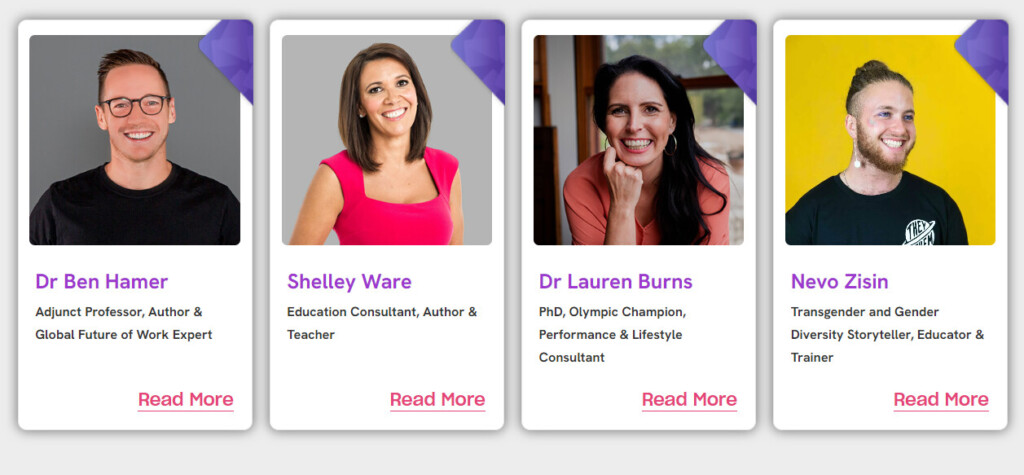The Closing the Gap Prime Minister’s Report 2017 charts significant increases since 2002 in the number of Aboriginal and Torres Strait Islanders holding certificate level qualifications.
In 2008 the Council of Australian Governments adopted seven targets that sought to reduce disadvantages experienced by Indigenous Australians. But as the Prime Minister pointed out when tabling the ninth annual Closing the gap report in Parliament on 14 February, ‘we are only on track to meet one of the seven Closing the Gap targets this year.’
VET qualification attainment is not among the COAG targets, yet VET is closing once wide and dispiriting gaps. A recent report from the Australian National University’s Centre for Aboriginal Economic Policy Research paints a generally positive picture of VET’s contribution to improved outcomes, patchy though they are across the nation. The report is Vocational education participation and attainment among Aboriginal and Torres Strait Islander Australians: Trends 2002-15 and employment outcomes (40 pages).
The big increases were at certificates III and IV levels
The report reveals remarkable changes since the new century got underway. For example:
- In 2002, 74 per cent of Indigenous people had no tertiary qualifications, and of those who held a tertiary qualification, 9 per cent had certificates II or III and 9 per cent had certificates III or IV.
- By 2014-15, 53 per cent had no tertiary qualifications – still very high, but a 21 percentage point improvement over 2002. Of those with tertiary qualifications, 11 per cent held certificates I or II, and 24 per cent held certificates III or IV.
VET made the difference over that 12 year period, contributing at least 18 points of the 21 percentage point boost. (The proportion of Indigenous people holding diplomas and advanced diplomas also ticked up from 3 to 5 per cent. However, it isn’t clear how many of those qualifications were delivered by VET providers and how many by higher education providers.)
Indigenous women moved the dial in a big way over that 12 years. In 2002, 6 per cent held a Certificate III or IV – by 2014-15 it was 22 per cent. The proportion of males holding a Certificate III or IV grew from 12 to 26 per cent – a comparatively modest doubling!
Regional variations
It’s important to recognise there is considerable variation across our very big country. The report notes that:
‘The regions where relatively larger percentages of the Indigenous population aged 15–64 years had a Certificate I or II as their highest educational qualification in 2011 were Cape York, Broome, the Jabiru-Tiwi and Katherine regions of the Northern Territory, and Torres Strait. The regions that had among the largest percentages with a Certificate III or IV were mostly on the eastern seaboard and in Victoria.’
Regional variations make it tricky to determine the impact of holding a qualification on employment rates. Job opportunities in regional, remote and very remote areas are fewer than in high population density areas on the eastern seaboard and in Victoria. But the report does signal improved employment outcomes following qualification completion.
VET’s contribution to closing the gap in education for Indigenous people is real and worth celebrating, even as we recognise the journey is far from over.








